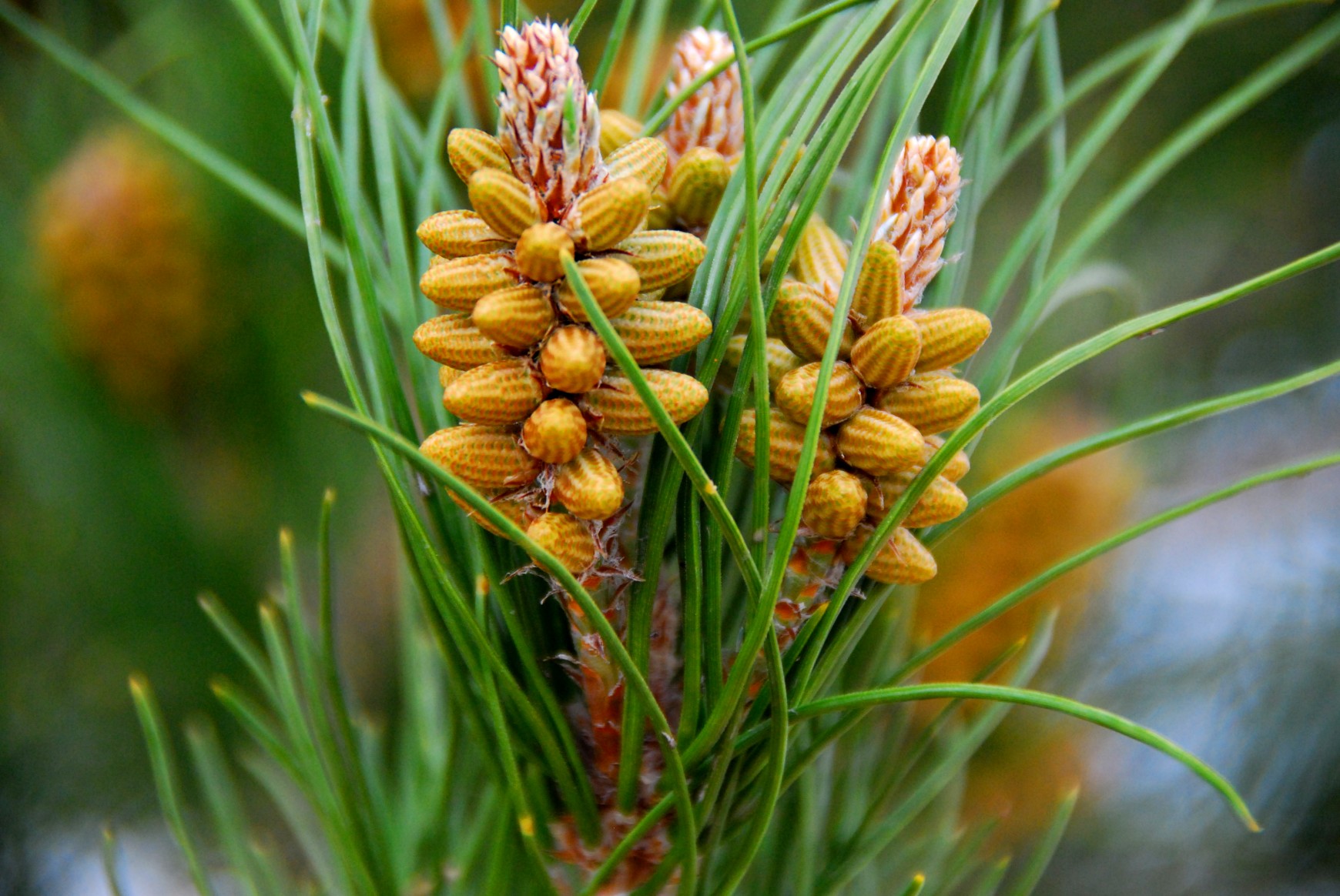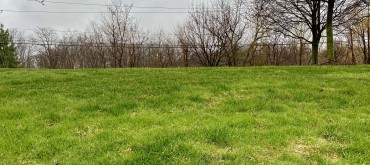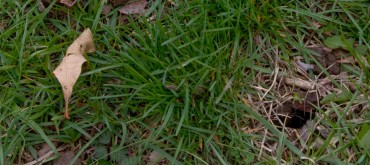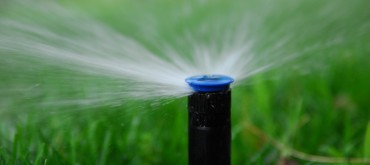Did you know?
Pollen is a fine powder that carries the male reproductive cells of seed plants and is the primary way that plants breed. Pollination can occur in a number of different ways. People can transfer pollen from one flower to another, but usually plants rely on birds, insects, or the wind.
The type of pollen may be different depending on the time of the year. Tree pollens are usually released during the spring and weed pollens are usually released between early spring to late autumn.
While pollination is extremely important for plant survival and reproduction, pollen can trigger an allergy known as hay fever and can be a nuisance for many people. There are hundreds of different plant species that release pollen into the air, but some of the most common types that can cause a reaction are birch, oak, grass, and ragweed.
When it comes to managing allergies, keep an eye out for pollen counts which is updated daily on The Weather Network. They tend to be highest in the mornings, so scheduling outdoor activities for the afternoon may help. Practices such as wearing a mask during yard work, not wearing shoes in the house, and washing clothes after being in your lawn can also help to reduce symptoms.
It is also worth noting that by simply caring for your lawn, by ensuring it is thick and healthy you will help trap dust and pollen that cause allergies, so a little water, fertilizer and high mowing heights all contribute to reduced allergy symptoms as well.






